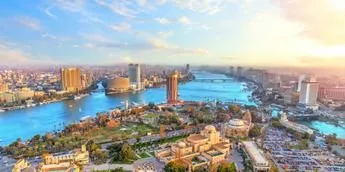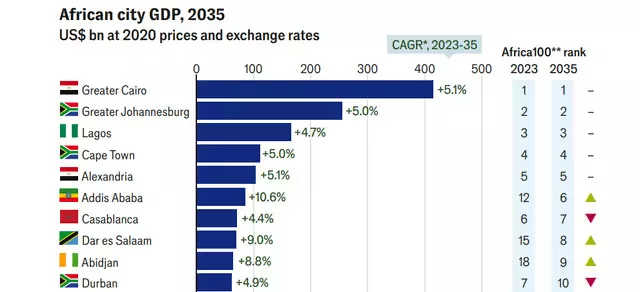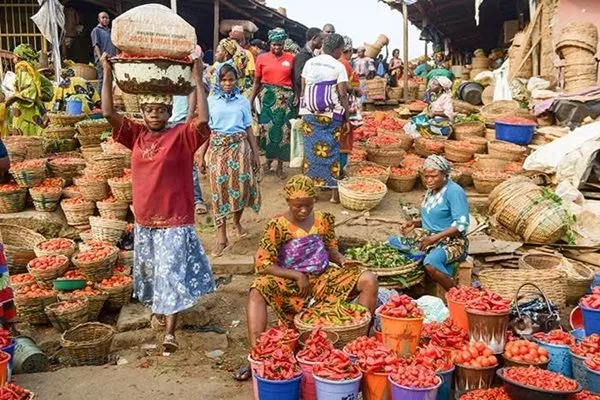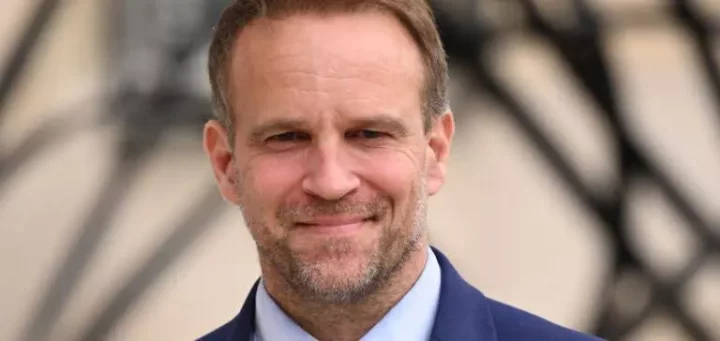
What makes a city the economic powerhouse of tomorrow? Is it innovation, global investment, or the resilience of its people? As the world looks toward 2035, Africa's urban landscapes are set to experience seismic shifts in their economic fortunes.
According to the Economist Intelligence Unit, by mid-2030s, Africa's top 100 city economies will be home to nearly 400 million people, about 21% of the continent's population. These cities, which include both mega-populations and smaller capitals like Libreville, Cotonou, and Port Louis, will generate over 60% of Africa's GDP.
In 2023, the combined nominal GDP of these cities stood at $1.4 trillion, and by 2035, this number is expected to more than triple, reaching over $5 trillion. However, these cities are projected to grow at a steady 6% compound annual growth rate (CAGR) during that period.
The continent's major urban centres-like Cairo, Lagos, and Johannesburg-will still lead Africa's top 100 city economies by 2035. Collectively, the largest 20 city economies, which include megacities and rapidly growing middleweights, will dominate almost 70% of the Africa100 GDP (measured in 2020 prices and exchange rates) in 2035.
These cities will be hubs of commerce, trade, and industry, boasting dynamic consumer markets, advanced commercial networks, and strong industrial and import-export sectors.
However, with all this growth come significant challenges. Cities will have to contend with overcrowding, informal housing, high unemployment, underdeveloped public services, stretched utilities, and the growing threat of climate change. Addressing these issues will be crucial to unlocking the full economic potential of Africa's evolving urban landscape.
Below are the top 10 African cities with the highest GDP projection in 2035:


















Comments